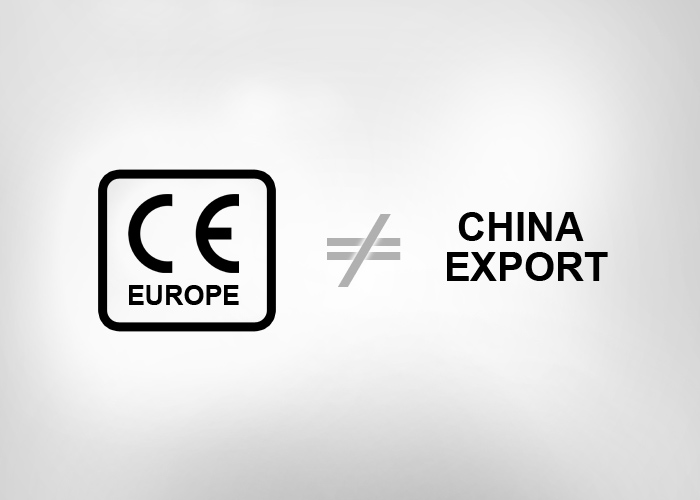The transport management
– a agglomeration of words which is very important in the case of organisation of the foreign commerce – both in imports and exports. In the nutshell, it is an allotment of rights and obligations resulting from the conclusion of the commercial contract, a carriage organisation and bearing the costs of this transport.
A segregation of rights and duties in relation to the organisation and costs of transport I have already reviewed when describing the commercial terms according to the Incoterms. The Incoterms, however, include a wider range than only an issue of organisation and costs of transport, and today I would like to concentrate only on the transport.
The transport management can be:
– attributable to a seller (a shipper),
– attributable to a purchaser (a consignee),
– mixed.
In the road transport usually such an allotment is simple. We are dealing with a shipper or a consignee transport management, although the detailed conditions of the individual contracts can change this rule. A play start when dealing with a maritime freight.
According to the current Incoterms in the maritime freight we have all types of the transport management. In the EXW terms it is a consignee’s transport management, in terms of the D group – a shipper’s transport management, and in all between – a mixed transport management.
A mixed transport management can be with a predominance of the consignee (F group of the Incoterms) or with a predominance of the shipper (C group). I always turn my customers attention to the fact that it is good to have a transport management on their own side on the predominate (main) section of the carriage which is a sea section.
In the case of the liner FCA sea shipping it is without a greater importance who controls it (FCL rates are similar for all sea carriers), but when dealing with the LCL freights it is really of the significant importance.
It i san open secret that a large part of producers (especially from the Far East) signs contracts with local freight forwarding companies with rather funny amounts like USD 5 w/m. Everybody who has any idea about the maritime freight, its costs, a way of the transport organisation, etc. knows that such a price is completely unreal, and for sure even does not cover the costs of the transport itself – I will even not mention the indirect ones. Well, but you will ask what with covering the real costs. They will be paid in a form of the “local additions” at the port of destination… You probably know the stories of importers who seduced by the cheap Chinese carriages (or even those at no charge) were caught in Poland by the LCL companies which name starts with E or B letter, or any other creature…
Weeping and the gnashing of teeth were the lightest punishments for them… Usually a “nice” addition was an invoice for the “local costs” for the MULTIPLE of the total costs if those importers had held the transportation management on their side…
Unfortunately – a consciousness that a shipper party pays for a freight or that it is “free of charge” can darken the most enlightened mind.
To make aware all the readers of the elements which form a simple LCL procedure I will allow myself to enumerate them:
– a goods transhipment in the relation: a vehicle-> a warehouse
– bringing an empty container at the consolidation warehouse,
– a goods transhipment in the relation: a warehouse-> a container,
– a transportation of the full container from the consolidation warehouse to the container terminal transport at the port of shipment,
– a goods transhipment in the relation: a vehicle-> a place,
– a transhipment of the full container in the relations: a place-> a shipboard,
– a maritime transportation,
– a transhipment of the full container in the relations: a shipboard -> a place
– a transhipment of the full container in the relations: a place-> a vehicle,
– a transportation of the full container in the relations: a container terminal -> a deconsolidation warehouse,
– a goods transhipment in the relation: a container -> a deconsolidation warehouse,
– a transportation of the empty container for the depot specified by a ship owner.
A maritime freight of 20’ ft. container – with a capacity of ̴ 30 m3 – from Shanghai to Gdynia costs about 1,200 USD…
So, for 1 CBM only FREIGHT costs are about 0 USD… have you ever seen a container packed up in 100%? Are you able to count REAL costs associated with a sea carriage of the Rubik’s cube with a volume of 1 m3 weighting 1T?
So, let none of you crying when you receive an invoice at the port of loading covering ALL costs which I have listed above…
A message for today – if you can just have a transport management on the main section on your side!!!




